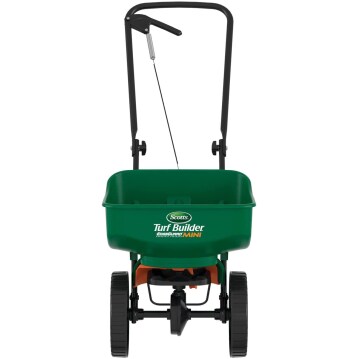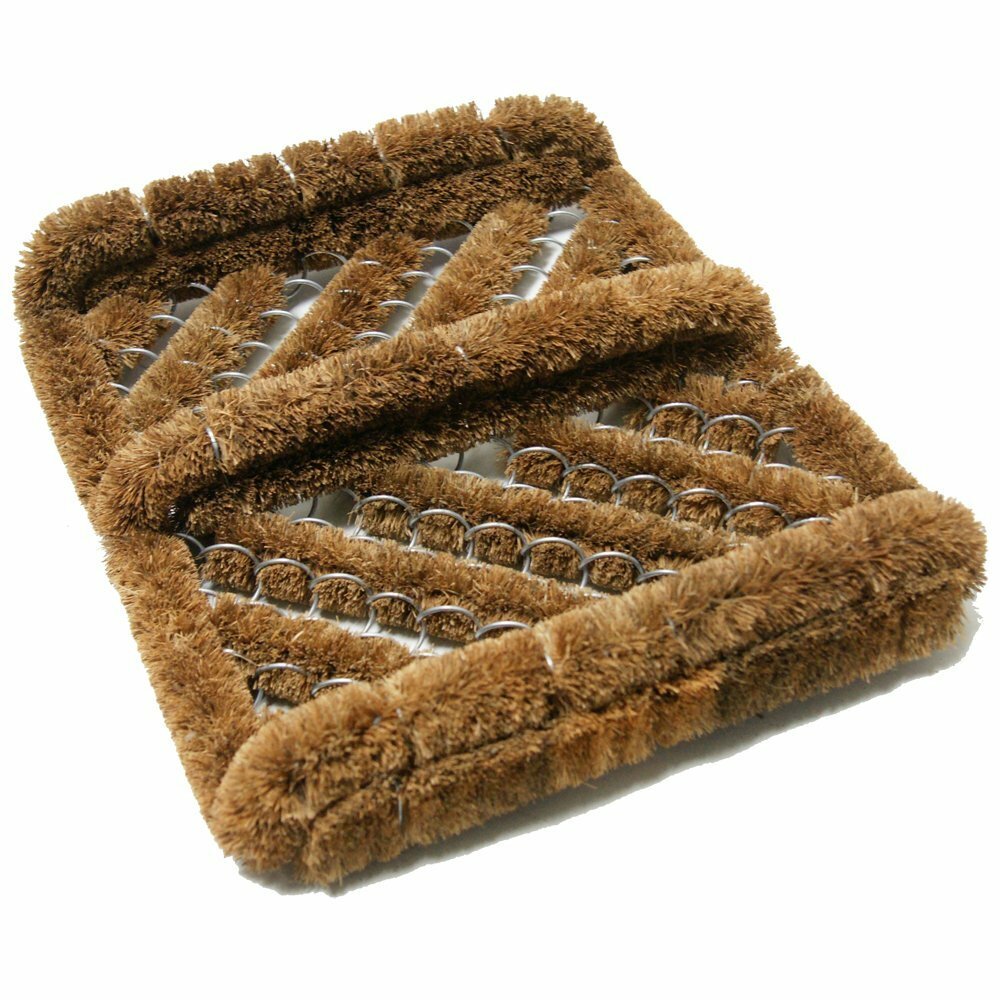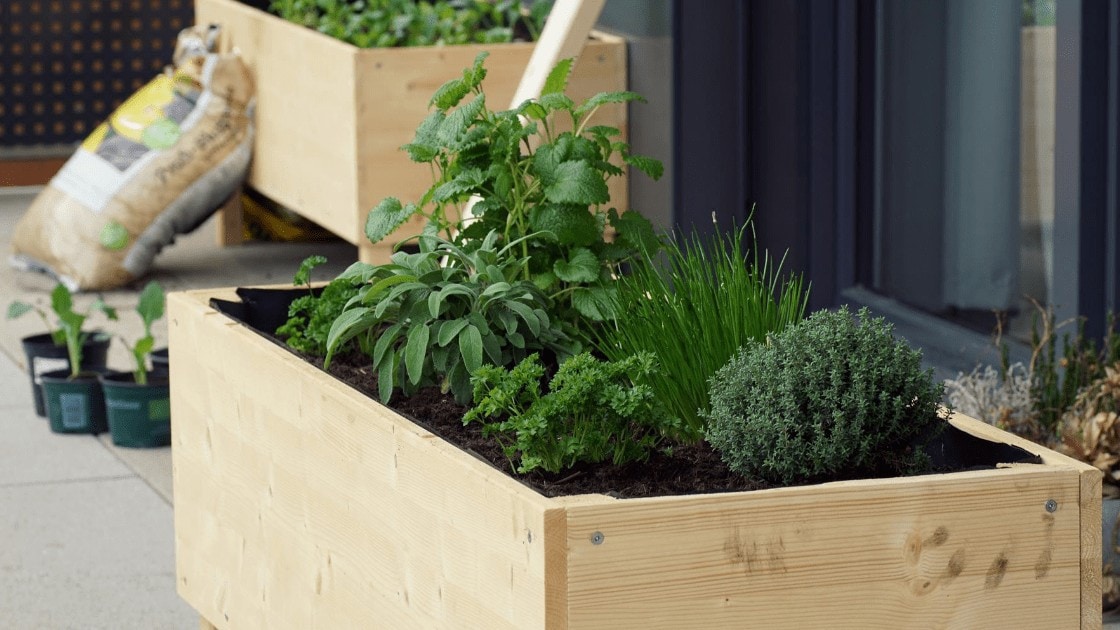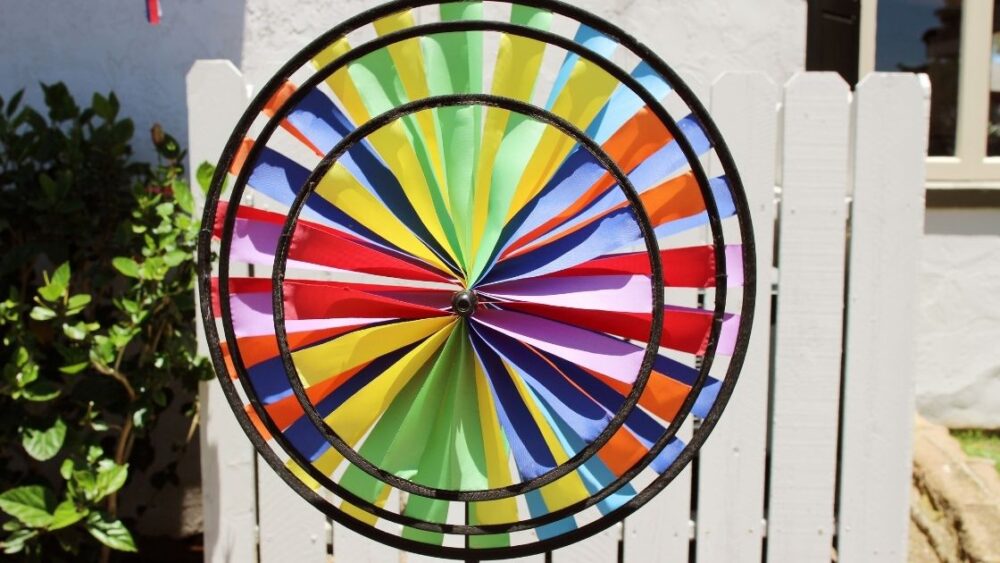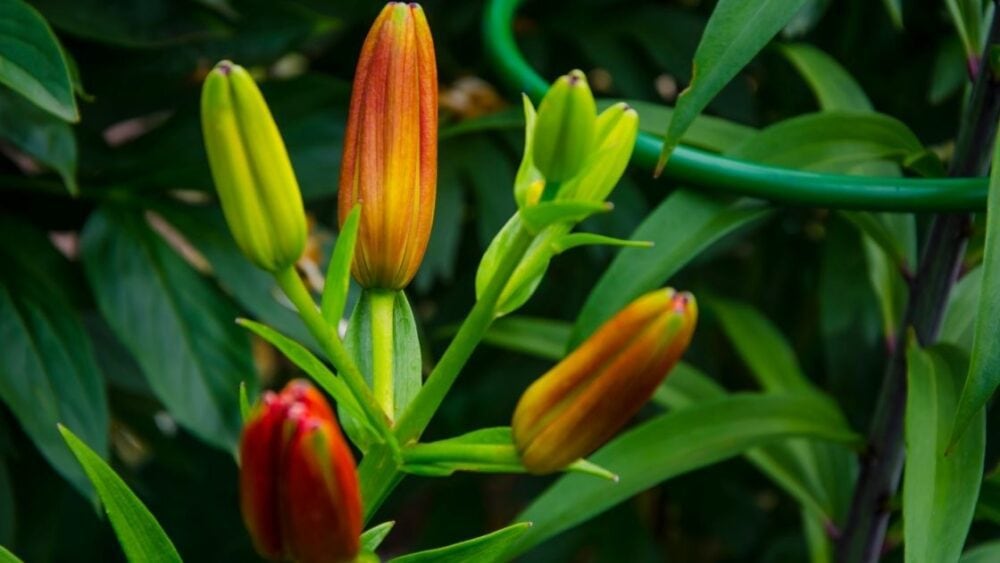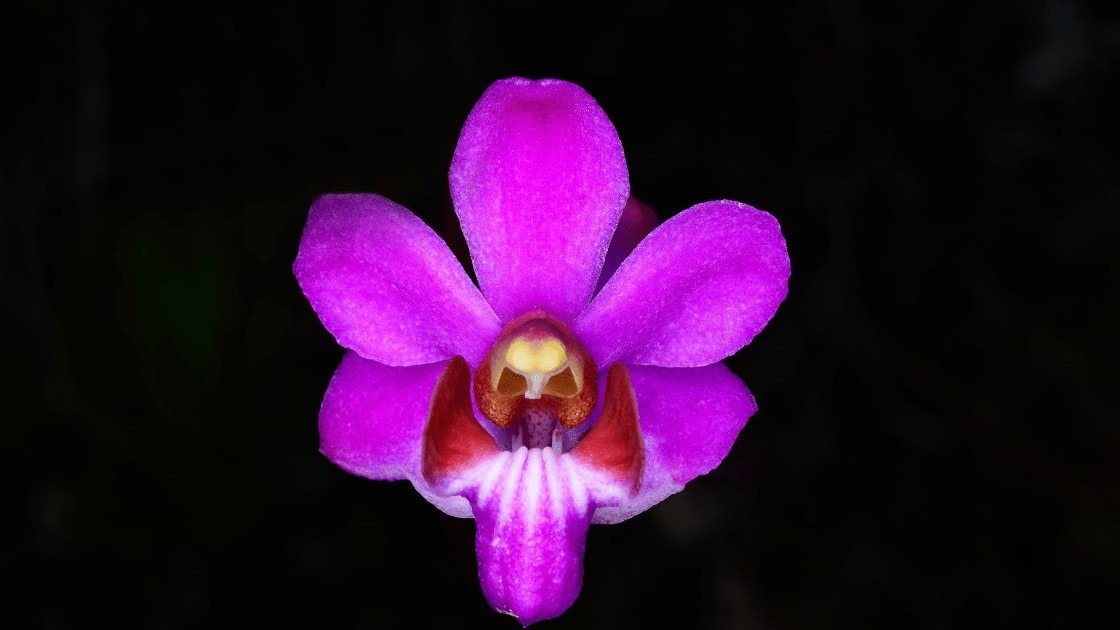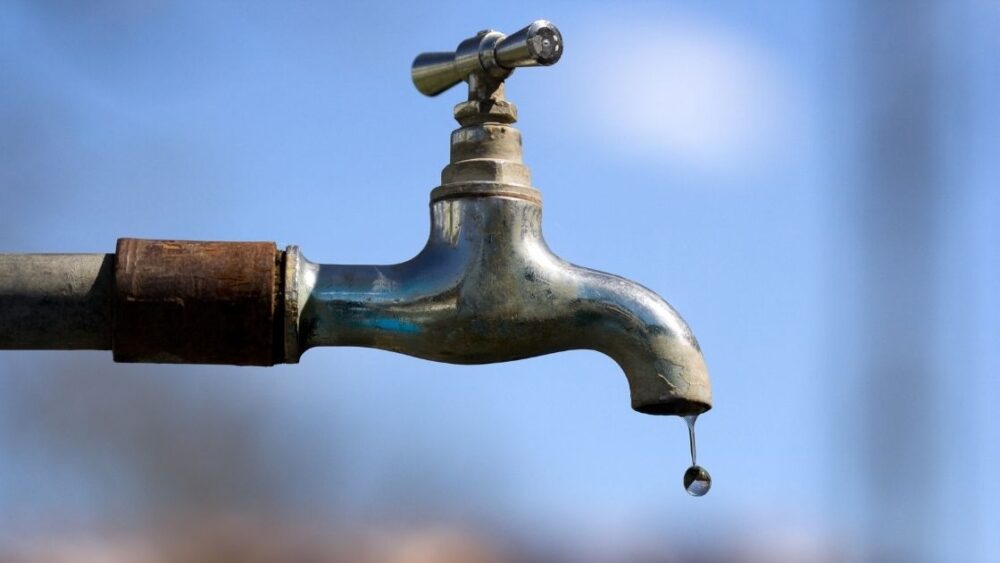
A very common opinion is that tap water contains excess salts, which will build up in the soil over time, causing root problems. All of those are based on facts, but the simple answer is that almost all common house plants can deal fine with tap water, unless it is extremely hard.
Given that the total dissolved solids content of tap water can range by a factor of 30 (40-1200 mg/L or PPM) depending on the city you’re in, there’s obviously not a simple answer. However, determining whether your particular tap water is suitable for household plants can be relatively easy, and we’ll explain how in the coming paragraphs. We’ll also explore what chemical constituents in water may be harmful, how harmful are they and whether or not they have different levels of toxicity to different plant species. Let’s get into it!
What Make’s Tap Water Bad for Plants?
Generally speaking, the tap water in most cities is completely fine to use for all common types of indoor and outdoor plants, including succulents, flowering plants and large-leaved decorative plants.
Browse our Affiliate Products
However, there are exceptions which we’ll explore in a bit. Almost always, more than 90% of the soluble solids found in tap water are calcium and magnesium salts, which can be tolerated by plants in high concentrations (500 mg/L and 100 mg/L respectively). Chlorine levels in tap water are usually below 4 mg/L.
Calcium is found in drinking water in the form of Calcium sulfate, also known as gypsum. This salt has low solubility of 2.4 g/L, which makes it difficult to ‘flush out’ from the soil after it has built up.
Any time you water a pot, the water evaporates from the surface of the soil, leaving behind the calcium sulfate. It keeps accumulating and once the levels reach around 20 times those of tap water (which usually has around 100 mg/L of calcium sulfate, at least in the US), the solution becomes concentrated and the salt starts precipitating. Because of the low solubility of calcium sulfate, it can’t be easily flushed out from the soil, unless you use a very large amount of distilled water.
But is this build-up calcium harmful? Not particularly, but it can be in certain cases. Calcium toxicity is not a well-recognized phenomenon and excess calcium in the soil simply slows down the uptake of other nutrients, such as potassium, magnesium and nitrogen.
The increased salt concentration in the soil may also make it difficult for the roots to absorb water, causing wilting, which immediately resolves with flushing of the accumulated salts with excess water.
Magnesium & Other Salts
Unlike calcium, which is difficult to flush out from soils, magnesium salts and other mineral salts are readily soluble and can be flushed out successfully by simply using larger amounts of the same tap water that has caused the salt buildup in the first place.
Excess magnesium, just like calcium, doesn’t really lead to any severe toxicity symptoms and instead slows down the absorption of calcium and potassium. Because calcium and magnesium practically always make up more than 90% of the dissolved solid content of tap water, other salts are found in extremely tiny concentrations that are not worth worrying about. Those are sodium chloride, potassium salts and others.
Chlorine
Chlorine in tap water is often feared and rumored to cause issues for plants, people, animals and fish. Fortunately, those fears are usually unfounded, except when it comes to fish, the gills of which can be easily harmed by the chlorine content of tap water.
During water treatment, chlorine is added to tap water in concentrations of around 2 to 4 mg/L. It can be added in the form of hypochlorite or chloramine. In both cases, the chlorine quickly reacts with all sorts of organic components in the soil and is ‘disarmed’ in the process, forming relatively harmless chlorides which can be easily flushed.
Chlorine can also be easily eliminated from drinking water by the use of activated carbon filters. The form of chlorine usually used in tap water is chloramine, which is a stable compound that doesn’t easily evaporate. Neither boiling, nor sunlight liberates it from water, but a carbon filter does a good job of absorbing it.
What Other Chemicals Found in Tap Water May Be Harmful to Plants?
In rare cases, tap water may contain high levels of copper or other metals. This is not common in cities and usually happens when there are metal mining operations nearby.
The only way to determine the levels of copper and other metals, such as nickel, molybdenum, zinc and iron is to look at a water analysis report or use a home testing kit. Copper is the most significant hazard for plants, because levels allowed for human consumption (1.3 mg/L) may be 10 times higher than the lower limit for some copper-sensitive plants.
Whether or not a houseplant is copper-sensitive is usually not information that can be found, because such research has been mostly done on crops and not on ornamental plants. Plants that can tolerate high levels of copper are known as ‘excluders’ because they can exclude heavy metals from the minerals they absorb through their roots. For more information on what type of water is best, check out this article, bhg.com/gardening/houseplants/care/watering-houseplants/
Are Some Plants More Sensitive to Hard Water?
Sensitivity of plants to mineral buildup varies widely among species. Some carnivorous plants are an extreme example. The Venus flytrap in particular, can be easily killed by even relatively soft tap water having around 80 mg/L of total dissolved solids.
Not all carnivorous plants share this sensitivity however and Pinguiculas can deal with some dissolved calcium. However, because carnivorous plants are usually small and require little water, using rainwater or distilled water is still best. Orchids can also be somewhat sensitive to hard water, but not as much as carnivorous plants – TDS readings of less than 180 mg/L are usually fine.
Calcium sensitivity differs among the tropical plants which are commonly grown by indoor gardeners. The popular monstera for example can deal with moderately hard water, even thought it receives very little calcium in its natural habitat.
It accumulates excess calcium in the form of calcium oxalate, which the plant uses as poison to protect itself from predation. Generally speaking, most indoor and outdoor ornamental plants are not very sensitive to tap water, unless it has more than 200-300 mg/L of total dissolved solids and even in that case, periodic flushing can prevent salt buildup.
How Does Tap Water Affect The Soil of Potted Plants?
In pots, the dissolved solids contained in tap water accumulate more readily and can reach unfavorable levels very quickly.
This largely depends on how you water – bottom watering usually leads to the most accumulation of solids, while excessive top watering that produces a lot of runoff will almost completely prevent salt accumulation. In any case, the problem can be solved by periodic flushing with excess water, which should be done anyway to flush excess fertilizer solutes (if you apply fertilizer).
Does This Also Apply to Outdoor Soil?
Outdoor plants growing in raised garden beds are significantly less vulnerable to salt accumulation in the soil. That’s mainly because of the inevitable rainfall, which will perform a nice periodic flushing of the soil.
However, if your tap water is very hard and has more than around 400 mg/L of dissolved solids, you may want to watch out for any growth problems that can be attributed to salt accumulation. Those are potassium and nitrogen deficiency and excessive wilting.
There is little that can be done to reduce the dissolved solids in tap water on the large-scale required for outdoor gardening. Reverse osmosis systems and rainwater collectors may be two practical options.
Does Hard Water Cause pH Problems?
Although hard water can be very alkaline, with a pH of around 8, this doesn’t usually translate to pH problems in the soil, where complex pH buffering occurs.
The reason for soil pH imbalances is almost never the usage of tap water, but is instead caused by soil additives (eggshells, dolomite and other carbonates) and the type of nitrogen fertilizer used. Ammonium-based fertilizers acidify the soil and nitrate-based fertilizers alkalize it.
How to Make Sure Your Water Is Suitable For Plants?
An easy way to test your tap water is to use a cheap TDS/PPM meter, which measures the electrical conductivity of the water, which linearly increases with the amount of dissolved solids. It is a very simple, pen-like device that has two electrodes, through which a tiny current flows, measuring the voltage drop.
Those meters can be purchased for as low as $10. Most TDS meters automatically translate the electrical conductivity reading (EC) into a PPM (mg/L) value. Generally, readings of less than 200 mg/L mean that your water is suitable for all ‘regular’ or non-exotic plants. TDS meters can also be used to test the PPM value of runoff water from pots to determine if there is excessive salt or fertilizer buildup. Normal TDS values of runoff water are around 1000 mg/L.
However, the water conductivity test tells you nothing about the concentration of micro elements, such as iron and copper. To measure those, you’ll have to order a special lab analysis or check the website of your local water supplier. Home test kits can also be used. Those type of tests are usually used if you observe strange symptoms in your plants and suspect the water is to blame. This is not a common problem and you should first exclude other possible causes, such as over-fertilization or nutrient deficiencies.
What Do Water Tests Determine?
Water test kits can be useful, depending on what they measure and whether or not you already have an electric TDS meter. If you already have a TDS meter, or you are able to see the values of calcium and magnesium from the website of your water supplier, the only value that will be of significance on a water testing kit will be that of copper, which should ideally be less than around 0,05 mg/L.
The pH and nitrate levels which those test kits measure will have little significance when it comes to plants. That’s because nitrate is a useful plant nutrient that provides nitrogen and the water pH has little effect on the actual pH levels in the root zone of your plants.
Are There Any Benefits to Using an Inline Garden Hose Filter?
Those filters will not be able to reduce the major dissolved components of the water, such as calcium and magnesium. This means that they will have little benefit for preventing salt buildup. However, they can greatly reduce the levels of chlorine.
As we already mentioned however, chlorine is typically not a problem as it’s present in tiny amounts that get quickly broken down in the soil regardless.
Filters that will be able to remove the dissolved solids of tap water are reverse osmosis filters which are more expensive and require electricity. You may want to consider installing such a filter system if your tap water has more than around 400 mg/L of total dissolved solids.
Drawbacks of Such Filters
Those filters don’t have drawbacks, except for their cost. They are great for improving the taste of water, by removing volatile organic components and reducing chlorine, but they won’t be of huge benefit to outdoor plants.
Final Thoughts
Tap water can be a problem for plants if it has excessive levels of copper or other heavy metals. This however is very uncommon.
Very hard water, containing more than around 400 mg/L of dissolved solids can lead to salt accumulation of the soil, which can hinder nutrient and water absorption, but the problem can be solved by flushing with excess water. Chlorine is not something you usually have to worry about, but if you still want to reduce or eliminate it, all water purification systems that contain active charcoal will work well for that purpose.
If you have a very small indoor garden that consists of only a few plants, collecting rain water can be very practical and eliminate all worries you have about using tap water. For large outdoor gardens, which demand a lot of water, the most practical way to reduce the salt content of tap water is to install a reverse osmosis system.


